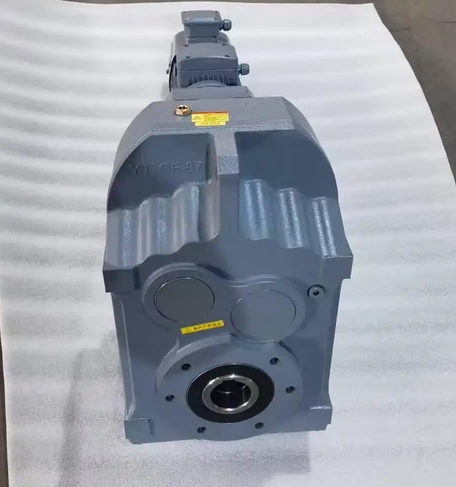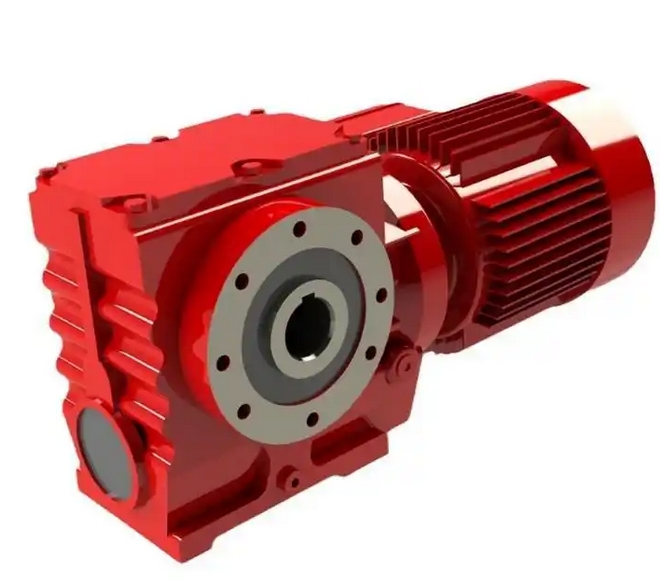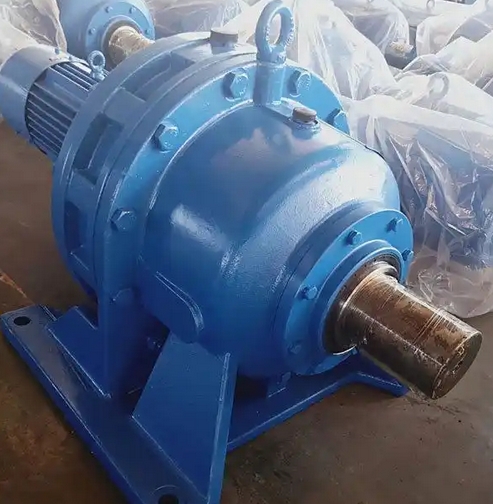Apart from shaft surface roughness, what other factors affect the noise and vibration of the FA87-56.75-3 reducer?
In addition to the surface roughness of the shaft, the following factors can also affect the noise and vibration of the FA87-56.75-3KW reducer:Gear related factors
Gear accuracy level: High precision gears produce less noise than low precision gears. The tooth profile error, pitch deviation, tooth orientation error, and radial runout error of the gear ring are the main errors that cause transmission noise in the gearbox. For example, gears with small tooth profile errors and small tooth surface roughness have a noise reduction of 10dB compared to ordinary gears under the same test conditions.
Gear design parameters: modulus, number of teeth, helix angle, pressure angle, and other parameters have a significant impact. When the helix angle exceeds 20 ° to 25 °, noise may increase due to axial vibration of the gear; The smaller pressure angle results in lower operating noise and higher accuracy due to the larger gear contact angle and lateral overlap ratio.

Gear material: Gears made of different materials exhibit varying levels of noise. Gears made of materials with low elastic modulus can reduce noise, such as plastic gears having lower noise than steel gears. The attenuation performance of cast iron is better than that of steel, and the noise of cast iron gears during operation is about 3dB lower than that of steel gears under the same conditions.
Bearing related factors
Bearing wear: Bearings wear due to lack of lubrication, long-term use, and other reasons, resulting in uneven rolling surfaces and increased rolling resistance, which can induce vibration and noise.
Bearing clearance: Excessive or insufficient bearing clearance can affect the stability of bearing operation and cause vibration and noise. During installation, loosening of components such as bearing pre tensioning mechanisms can also cause inaccurate system positioning, resulting in vibration and noise.
Load and speed factors
Load size: When the gearbox operates at high loads, the internal gears and bearings are subjected to greater stress, making them more prone to noise. When the load exceeds the rated value, abnormal noise will significantly increase.
High and low speed: According to the test of the reducer under different speed conditions, as the input speed of the reducer increases, the noise will also increase.
Lubrication factors
Lubricating oil selection: If the viscosity of the lubricating oil is not suitable, the quality is poor, or the type is not matched, it cannot meet the lubrication needs of the gearbox, which will result in poor lubrication effect. The gears and bearings will produce dry friction or semi dry friction during operation, resulting in significant noise.
Lubrication system failure: Malfunctions in the lubrication system, such as oil pump failure, oil circuit blockage, etc., can result in insufficient supply or inability to circulate lubricating oil properly, which can cause poor lubrication of components such as gears and bearings, resulting in noise and vibration.



